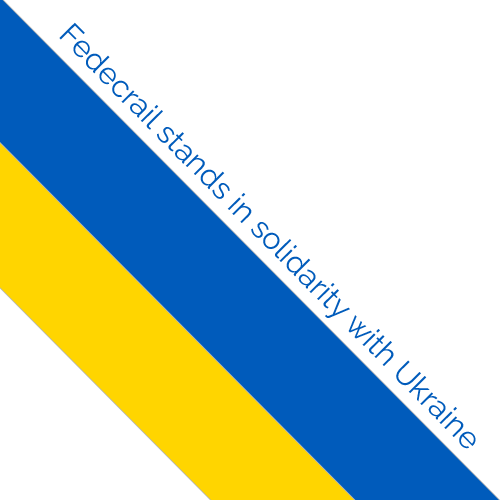What is HR and how should we work with it? The new VR strategy!
Human Resources
Human Resource is a distinctive approach to employment management which seeks to achieve competitive advantage through the strategic deployment of a highly committed and capable workforce, using an integrated array of cultural, structural and personnel techniques.
Human Resources uses several strategies to take advantage of the human resources within an organization; the result will be an efficient workplace with better results.
HR department works strategically focused on the organization’s goals, vision, strategy, and business concept.

- Help the organization achieve its goals by providing and maintaining productive employees.
- Efficiently make use of the skills and abilities of each employee.
- Make sure employees have or receive the proper training.
- Build and maintain a positive employee experience with high satisfaction and quality of life, so that employees can contribute their best efforts to their work.
- Effectively communicate relevant company policies, procedures, rules, and regulations to employees.
- Maintaining ethical, legal, and socially responsible policies and behaviours in the workplace.
- Effectively manage change to external factors that may affect employees within the organization.
Now there is a version for just volunteers called volunteer resources (VR). Volunteer management (VM) has been strongly influenced by classical human resource management (HRM). There is a growing body of volunteer literature, that argues that volunteers differ from paid staff and that VM should therefore respond to the uniqueness of volunteers. As volunteer organizations cannot rely on instrumental means to motivate their workers, the organizational commitment is a focal indicator of work motivation among volunteers.
Volunteer Resources
Findings imply that even with the best HRM practices (functional VM) in place, the capacity of VM to achieve its desired outcomes can be improved by considering principles of interactional VM, the availability of resources required by VM, and appropriate job characteristics. Interactional VM focuses not only on the relationship between the volunteer manager (board) and the individual volunteer (to integrate him or her into the workforce), but also on the manager’s interactive mediation between volunteers as a stakeholder group and other organizational stakeholders. The focus on the interaction between the volunteers as a stakeholder group and other stakeholders in the organization is the main overarching characteristic that we found in our exploration of management responses to the uniqueness of volunteers. A failure to take this interaction into account leads to a lower effectiveness of VM (correlation with the desired VM outcome). If volunteer managers consider volunteers as a paid workforce—and not as a unique stakeholder—they will neither consider balancing the interests of volunteers and the organisation’s needs, nor encourage the board to interact respectfully with volunteers, and therefore miss important management strategies. By introducing interactional VM, which recognizes the uniqueness of volunteers, we propose innovative management strategies which have the capacity to positively enhance volunteer recruitment success and retention and thereby foster volunteering and support the non-profit sector.
HR/VR and Communication
Communication is the process of passing information from one person to another. The purpose of communication understands of information. Whatever one wants to say to someone should be clearly understood by him else the very purpose of the communication would be defeated.
The importance of communication in international organisations is paramount because individuals from different countries, ethnicities, languages, cultural attitudes, and other variations must understand one another and express themselves to another effectively to work together.
Good communication helps the volunteers to adjust to the physical and social aspect of work. It also improves good human relations in the industry. An efficient system of communication enables the management to motivate, influence and satisfy the subordinates which in turn boosts their morale and keeps them motivated.
Communication: Meaning, Purpose, Importance and Principles
Suggestive action Points that can help your organization
- Clear Communication plan for communicate in the board and with officers/volunteers outside board/officers
- Build up a VR strategy with processes for decisions, digital platforms and taking care of the volunteer resources
- Look into less emailing and work for a cloud solution where we store documents and can change in documents together.
- Open honest and transparent activity that is supported on democratic values and respect for everyone.
- Role descriptions with mandate and responsibility.
- Clear information for new active volunteers. Where they can clearly get information about what expectations there are and how they receive support from the board.
- Team building and work to maintain a strong team without top management and with an even division of work.
- Take care of the volunteers that exist today so it stays and works for new volunteers.
- Focus on the most important stakeholder: the member and how they want FEDECRAIL to develop.


